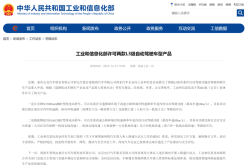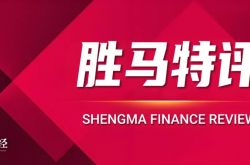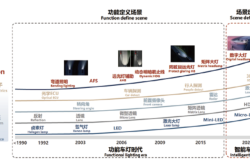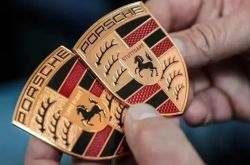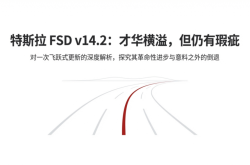Shenzhen's Emerging Unicorn: Unparalleled B Round of 200 Million, Reshaping Robotics Industry
![]() 03/07 2025
03/07 2025
![]() 678
678
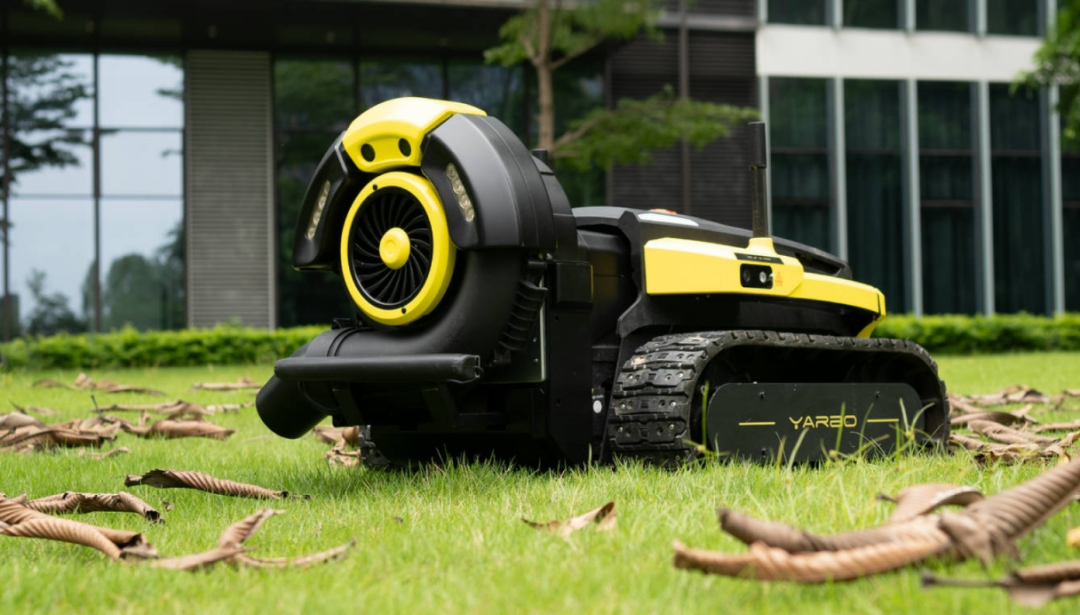
Author: Hua Taishi, Pencil News
Amidst the global AI competition frenzy stirred by GPT-4o and DeepSeek, a Shenzhen enterprise is quietly revolutionizing the robotics industry with its "yard revolution" in embodied intelligence.
Founded just a decade ago, Hanyang Technology specializes in the research and development of smart yard service robots. Its modular robot, capable of snow removal, lawn mowing, and fertilization, has not only transformed yard maintenance from seasonal labor to year-round intelligent service but also evolved from a single-use tool into a versatile household butler with its "1+N" product.
Recently, the company announced the successful completion of a B round of funding amounting to 200 million yuan, led by Yuantai Fund. These funds will primarily be used to enhance the supply chain, improve mass production and delivery capabilities, increase R&D investment, and accelerate product iteration and optimization.
How does Hanyang Technology stand out and capture the yards of North American users in this still blue ocean and niche overseas market?
- 01 -
The founder of Shenzhen Hanyang Technology Co., Ltd. (abbreviation: Hanyang Technology) is Mr. Huang Yang, who holds a bachelor's degree in mechanical engineering from Xi'an Jiaotong University and a master's degree from The Hong Kong Polytechnic University. He previously worked in research and development at ASM, the world's largest semiconductor packaging equipment company.
During his daily work debugging precision equipment, Huang Yang had a groundbreaking idea: "Why should robots be confined to factories?"
An overseas inspection provided him with the answer.
In North America, he witnessed residents braving the cold to push heavy fuel snow blowers to clear snow. In 39 U.S. states, stringent regulations stipulate that homeowners face legal accountability if they fail to clear snow promptly, leading to pedestrian injuries.
Traditional snow removal equipment is not only dangerous to operate—causing over 90,000 emergency room visits between 2003 and 2018—but also faces elimination due to fuel pollution.
Huang Yang realized that intelligent electric snow removal robots would be a blue ocean opportunity.
On Christmas 2015, Huang Yang registered and founded Hanyang Technology in Shenzhen. He avoided the lawn mowing robot race track already dominated by giants and instead challenged the more technically difficult snow removal scenario, envisioning future expansion into full-scene yard maintenance.
In the early stages of entrepreneurship, the team repeatedly tested in Mohe at -30°C and the snowfields of Alaska. The first-generation prototype lasted only 5 minutes before running out of power. To achieve operation in extreme environments of -45°C, they developed low-temperature-resistant batteries and even improved aerospace-grade parts to consumer-grade costs.
After launching the Snowbot concept machine in 2017, it took another five years and eight iterations before finally releasing the modular robot Yarbo in 2022. This product adopts the "1 + N" design concept, enabling year-round use by replacing modules for snow removal, lawn mowing, leaf blowing, etc., and is equipped with centimeter-level accurate RTK navigation and binocular obstacle avoidance systems.
Despite a price tag of up to $6,000, it still sparked market demand, raising $3.46 million on Kickstarter and topping the global consumer robotics crowdfunding list.
During the research and development period, Hanyang Technology had zero revenue for eight years. However, feedback from a U.S. state senator who lost an arm in a fire, stating that Yarbo helped him regain the ability to independently clear snow, brought tears to the team members' eyes.
Last year, Hanyang Technology's sales exceeded 200 million yuan, with a growth rate exceeding 10 times for three consecutive years.
From 2022 to the present, the company has completed a total of six rounds of funding, with investors including renowned industrial institutions such as Xi Rong Shandao, ECIC Group, and Yuantai Fund.
Currently, Hanyang Technology is simultaneously initiating Pre-IPO planning.
- 02 -
Hanyang Technology's core product is the Yarbo series of yard robots, which support scene switching for snow removal, lawn mowing, leaf blowing, etc., and are suitable for all seasons through the "1 + N" modular design concept (i.e., one host machine paired with multiple functional modules).
Taking the flagship product Yarbo S1 as an example, it adopts a dual-stage snow removal structure that can clear snow up to 30 centimeters thick and throw it 12 meters. A single charge can support 90 minutes of work covering an area of 550 square meters. It is also equipped with RTK-GPS and binocular cameras to achieve centimeter-level positioning and obstacle avoidance.
Another lawn mowing robot, Yarbo M1, is suitable for large yards of up to 6 acres (approximately 24,000 square meters) and can operate on complex terrains.
Last year, Hanyang Technology also launched the Yarbo Core robot. Equipped with a universal body and tow hook, this robot realizes yard towing functions with robust performance, even capable of towing heavy vehicles such as Teslas.
Hanyang Technology's target users are primarily families in Europe and America with detached villas. Especially in the United States, over 80 million detached homes need to comply with winter mandatory snow removal regulations.
Hanyang Technology's core competitors can be divided into two categories:
The first category includes traditional yard equipment manufacturers, represented by international brands such as Husqvarna and Toro, which focus on single-function equipment like gas-powered lawn mowers and snow blowers. These products dominate the North American yard equipment market (with a market size of $28.8 billion in 2024), but they have pain points such as high noise (generally exceeding 90 decibels), high carbon emissions (with an average annual carbon dioxide emission of about 21 kilograms per gas equipment), and operational risks.
The second category comprises intelligent lawn mowing robot enterprises, such as iRobot and Ecovacs, which specialize in intelligent products for lawn mowing scenarios. The global market size for intelligent lawn mowers is approximately $1.5 billion in 2024, but their functions are limited and cannot cover the needs of all seasons (with a winter idle rate of lawn mowers exceeding 80%).
In comparison, Hanyang Technology boasts several core advantages:
Firstly, it pioneered the "1 + N" modular robot form (one host machine compatible with multiple functional modules), successfully addressing the pain points of traditional yard equipment with single functions and seasonal idleness.
Secondly, it precisely targets the blue ocean market and leverages regulatory needs to drive rigid demand.
By steering clear of the competitive lawn mowing robot market and focusing on cold regions where over 70% of the roads are located in snowy areas in North America and Northern Europe, it introduces solutions tailored to local mandatory snow removal regulations. With electric and intelligent products, it fills the market gap, forming an irreplaceable "low-frequency rigid demand".
Additionally, it has established two factories in Huizhou, Guangdong, and Jiashan, Zhejiang, with an annual production capacity of 200,000 units, and plans to ship tens of thousands of units in 2025. These differentiated strategies have made it the only company in the world to achieve the commercialization of consumer-grade snow removal robots.
- 03 -
The global market for smart yard robots is expanding at an average annual compound growth rate of 12% to 15%. According to Precedence Research data, the market size was approximately $8 billion in 2023 and is expected to exceed $15 billion by 2028. The European and American markets account for over 70% of this growth, primarily due to the high penetration rate of detached homes and mature yard culture in these regions.
As the largest segment, the lawn mowing robot market was approximately $2.5 billion in 2023 and is projected to reach $3.5 billion by 2028 (with an annual growth rate of 15.5%). Market penetration in the United States varies significantly, reaching 30% in some regions and less than 5% in low-penetration areas.
The snow removal robot market was approximately $500 million in 2023 but boasts the fastest growth rate (with some enterprises achieving an annual growth rate of 10 times). It is expected to exceed $2 billion by 2030. About 70% of the U.S. population resides in snowy regions, and the legal obligation to clear snow creates a rigid demand.
Currently, the market competition landscape is relatively fragmented, with European traditional brands (such as Husqvarna) and Chinese overseas enterprises (such as Mammotion, Ecovacs, and Dreame) forming a dual power situation. Chinese enterprises have broken through a 30% market share on Amazon channels with boundaryless navigation technology and high cost-performance.
The smart yard robot industry is also accelerating technological iteration, driving the market towards a more advanced form.
AI visual navigation (such as the UltraSense AI Vision system), multi-sensor fusion (3D structured light + iTOF + ultrasonic), modular design (1 + N function expansion), and new energy technologies (solar energy + eco-friendly refrigerants) have emerged as core innovation directions.
It is noteworthy that the demand for yard intelligence in the Asia-Pacific region is accelerating. Chinese brands have broken through a 30% market share in European and American markets through modular design (such as multi-function switching for snow removal/lawn mowing/leaf blowing) and localized services.
In the future, with the deep integration of large AI models and edge computing, devices will evolve towards autonomous decision-making, environmental perception, and service ecologization. It is anticipated that the global smart yard market size will exceed $100 billion by 2035.
The content of this article is for reference only and does not constitute any investment advice. This article also refers to relevant content from CyberZ, NetEase Shenzhen, Sohu News, Captain Alan, Robot Insights, and Yingke, among others. Thanks are given to all. The images are sourced from the company's official website.

